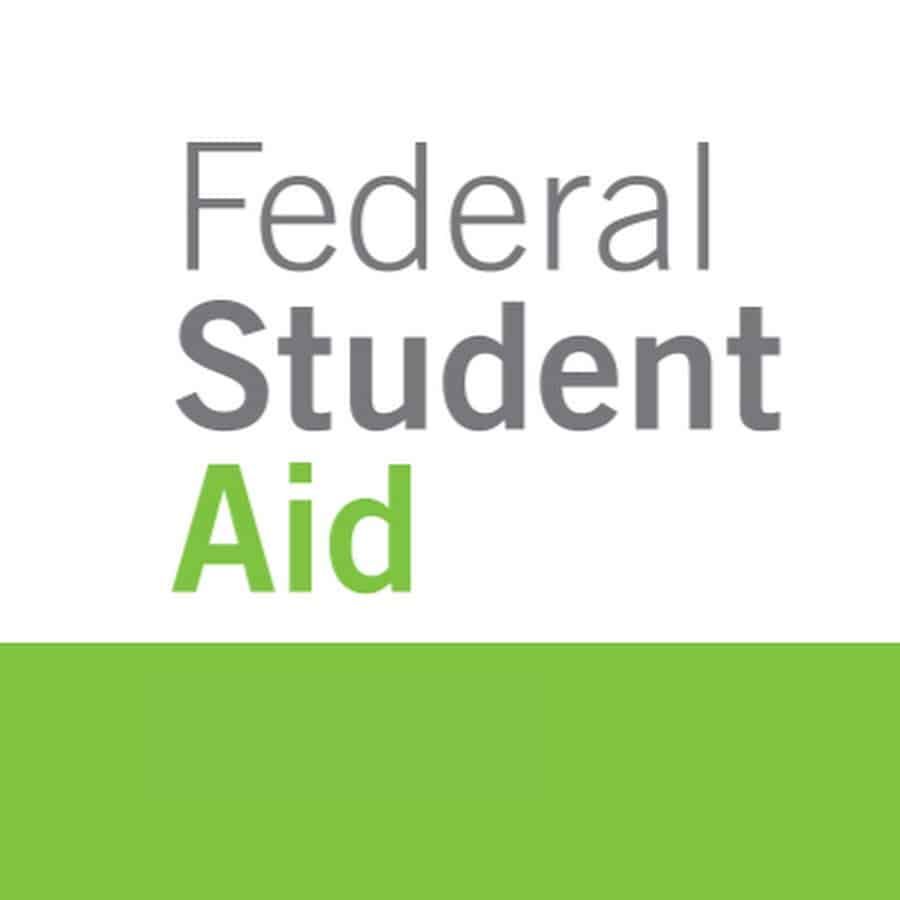
Getting a medical degree is a long and expensive journey, often requiring several years of advanced education.
That means students are paying for much more college than the typical student.
Unfortunately, federal student loans don’t always cover the costs for a long program.
Today, graduate and professional students can get PLUS loans to fill the gap that stretches after they take the maximum amount of subsidized or unsubsidized loans.
But PLUS loans were not always available. Back in 1978, the Health Education Assistance Loan (HEAL) program was created to help fund degrees in the field of medicine.
Available to students in health-related graduate programs — including medicine, osteopathy, dentistry, veterinary medicine, optometry, podiatry, public health, pharmacy, chiropractic, health admin, or clinical psychology — at eligible schools, HEAL program loans bridged the funding gap.
Even though HEAL program loans are not available for students these days, people still have them. Unfortunately, however, because the program is so old, it’s hard to get accurate information about it.
What Is HEAL?
The HEAL program was authorized by the Public Health Service Act in 1978. For 20 years, the program offered federally-guaranteed loans to students in a graduate level medical program whose financial needs exceeded the maximum amount of federal loans available at the time.
Students could use the funds to cover tuition, living expenses, or other educational expenses.
The HEAL program used a three-pronged approach: private lenders originated the loans, the Department of Health and Human Services (HHS) insured them, and schools disbursed them. (The Department of Education did not exist until 1980.)
In an attempt to lend responsibly, the federal government put in place strict requirements. Both banks and schools had to stay under a 20% default rate threshold of all previous loans to remain eligible to keep handing out these loans. Students were judged based on creditworthiness before receiving HEAL program loans.
Each loan was charged an insurance fee, which was gathered in a Student Loan Insurance Fund. If borrowers didn’t pay, HHS made their payments to the bank from the Insurance Fund.
However, because these loans were piled on top of all the other loans, students often had trouble paying them back. Many students defaulted, causing HHS to deplete the Insurance Fund faster than they could fill it.
In 1995, the government decided to start phasing out the program. From then until 1998, HEAL program loans were only available to students who already had at least one HEAL program loan and needed more to complete their education. After September 30, 1998, no more HEAL program loans were given to new or previous borrowers.
In 2014, all HEAL program loans were transferred to the Department of Education, though they are still governed by the Public Health Service Act instead of the Higher Education Act, which today’s federal student loans lean on.
HEAL Program Terms
HEAL program loans were essentially unsubsidized loans, meaning interest accrued while in forbearance and deferment, including while the student was in school and within the grace period. They were issued with variable, compounding interest rates; however, the program allowed lenders to set fixed or lower interest rates if they chose.
For the variable rates, the interest rate changes quarterly based on the value of a treasury bond from the previous quarter — plus 3.5% for loans disbursed between January 27, 1981 and October 21, 1985, or plus 3% for loans disbursed on or after October 22, 1985.
The grace period for HEAL program loans was a generous 9 months — well, generous until you remember that interest continued to accrue and compound during those 9 months.
When interest compounds, that just means it capitalizes (gets added to your loan balance) and all future interest is charged based on the new balance, including the interest added in. Essentially, you’re getting charged interest on the interest. For HEAL program loans, interest compounds every 6 months (though a Department of Education document from June 2016 claims the compound interval is yearly).
Perhaps most importantly, the HEAL program was held to a set of due diligence rules. Starting at disbursement, lenders must:
Repayment Terms
Repayment began after the 9-month grace period; however, if the borrower enrolled in an accredited internship or residency program within that grace period, borrowers would not have to begin repayment until 9 months after the completion of the program.
Borrowers could take up to 33 years to repay their loans. They could enroll in a graduated repayment plan or even consolidate their loans into a single HEAL program loan. Though no new HEAL program loans have been issued for 19 years, the long repayment term means thousands of borrowers are still paying off HEAL program loans.
What If You Can't Pay?
If you’re having trouble repaying your HEAL program loans, you’re not alone. Unfortunately, if you default, it’s bad news. Lenders are required to take legal action in case of default.
In an attempt to collect funds from defaulted borrowers, starting in 1992 with the reauthorization of the Public Health Services Act, HHS was required to publish the names of all defaulted borrowers to the public. In 1995, HHS published 3,600 names of people who defaulted on approximately $200 million of loans.
Since then, the Department of Education has taken over publication of what many are calling the “Deadbeat Doctors List.” Thankfully, in 2014 list only had 846 names on it, down around 2,700 in nearly 20 years. The list itself seems pretty cruel to begin with, though.
In addition to adding your name to the “Deadbeat Doctors List,” if you default, the Department of Education can send your account to a collection agency, take you to court to enforce collection of the loan, prevent you from accepting Medicare at your medical practice, and offset your tax refund.
Because HEAL program loans are exempt from statute of limitations laws — meaning there is no limit to how long the lender or servicer can try to collect on the loan — you could deal with those consequences indefinitely.
So, if you haven’t defaulted already, try to keep it that way. Here are a couple things you can try:
Or if you want to pay off your loans once and for all, you may just need to come up with a good debt payoff plan.
If you're not quite sure where to start or what to do, consider hiring a CFA or CFP to help you with your student loans. We recommend The Student Loan Planner to help you put together a solid financial plan for your student loan debt. Check out The Student Loan Planner here.
Have you ever used a HEAL loan before?

Robert Farrington is America’s Millennial Money Expert® and America’s Student Loan Debt Expert™, and the founder of The College Investor, a personal finance site dedicated to helping millennials escape student loan debt to start investing and building wealth for the future. You can learn more about him on the About Page or on his personal site RobertFarrington.com.
He regularly writes about investing, student loan debt, and general personal finance topics geared toward anyone wanting to earn more, get out of debt, and start building wealth for the future.
He has been quoted in major publications, including the New York Times, Wall Street Journal, Washington Post, ABC, NBC, Today, and more. He is also a regular contributor to Forbes.
Editor: Clint Proctor Reviewed by: Chris Muller
